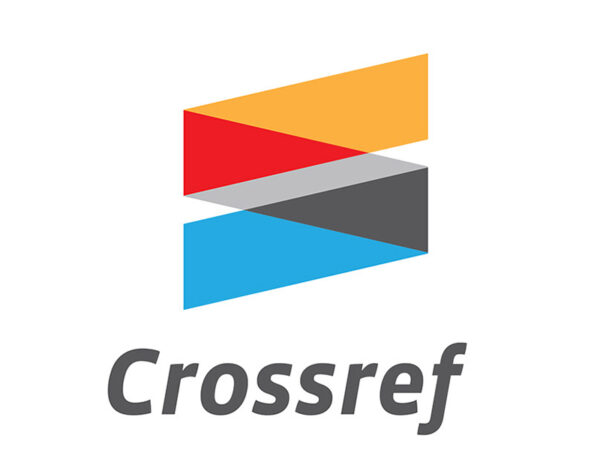Analysis of the Footprint of Uncertainty of a Parallelogram Membership Function
Abstract
The general effectiveness of fuzzy representation depends heavily on the membership functions. The best
footprint of uncertainty for a specific fuzzy system is highly dependent on the nature of the problem that the fuzzy
system is supposed to solve. As a result, a proper footprint of uncertainty size selection is needed to improve the fuzzy
system’s efficiency. This research intends to investigate the impact of a unique linear parallelogram membership
function’s footprint of uncertainty on nonlinear system modeling and control. The proposed type-2 membership
function has a crisp membership degree at the end points of the footprint of uncertainty and uncertain values inbetween. When dealing with data whose membership degree is certain at the boundary but uncertain in-between, the
proposed membership function having its highest uncertainty at the midpoint of the membership function width is
advantageous. Tuning the parameters of the proposed MF will provide a variety of triangular and quadrilateral
footprints of uncertainty shapes that will better capture the training data’s uncertainties. The gradient descent learning
algorithm was used to tune the consequent parameters of the evaluated interval type-2 fuzzy system. The performance
results demonstrated the effect of the footprint of uncertainty on linear parallelogram membership function-based fuzzy
system’s capability in prediction, identification, and control tasks.







